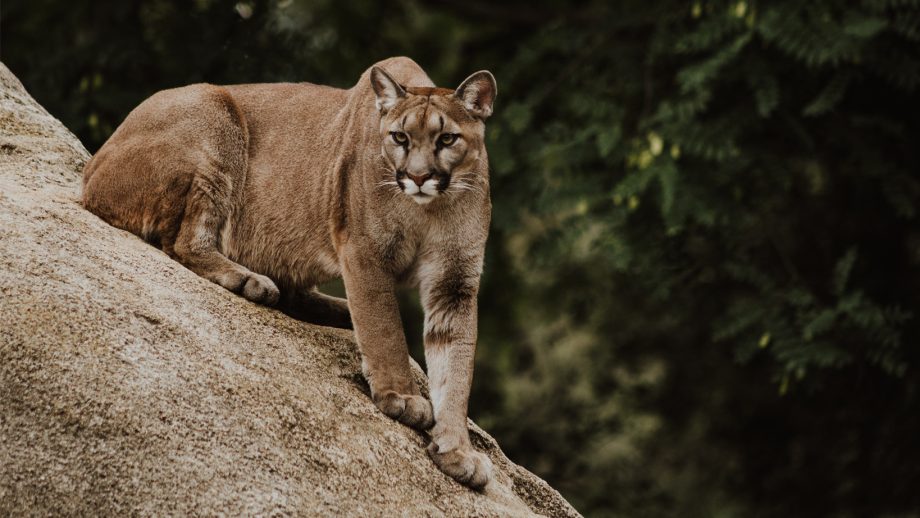The Manitoba government is taking steps to protect five animal and plant species and two ecosystems in the province by designating them as threatened or endangered, Conservation and Water Stewardship Minister Tom Nevakshonoff announced today.
“Manitoba is known for its diverse wildlife and ecosystems, and our government is taking bold, pioneering action to protect them,” said Minister Nevakshonoff. “By protecting precious species and ecosystems, we ensure a healthier environment for future generations of Manitobans.”
Under regulatory amendments to the Endangered Species and Ecosystems Act, the following species will be declared threatened or endangered:
* olive sided flycatcher – threatened;
* little brown bat – endangered;
* northern long-eared bat – endangered;
* Gastony’s cliffbrake – endangered;
* Canada warbler – downgraded from endangered to threatened.
“Bats in Canada are fascinating and ecologically important animals but face unprecedented threats especially from the invasive fungal disease, white-nose syndrome (WNS),” said Dr. Craig Willis, associate biology professor, University of Winnipeg and leading bat researcher. “I’m excited to see Manitoba take an innovative lead by protecting whole ecosystems and this approach will protect critical bat habitats on provincial land before WNS arrives in Manitoba.”
The minister noted Manitoba will also be the first province in Canada to designate ecosystems as endangered under the act, a change that will protect at-risk species that rely on the habitat found within such ecosystems. Two ecosystems will now be designated as or endangered:
* tall grass prairie – a complex ecosystem that is host to a vast array of grasses, flowers and wildlife. Tall grass prairie has declined from historical ranges by more than 90 per cent.
* alvar – a plant community of thin soil over limestone in the Interlake region. Alvar is globally rare and found only in a few provinces and states in North America, making it an important habitat for a variety of birds, reptiles, mammals and insects.
In addition to the designation as endangered, the Manitoba government has also proposed the creation of a roughly 2,600 hectare Ecosystem Protection Zone (EPZ) for alvar in the Interlake, Minister Nevakshonoff said.
Declaring a species under the Endangered Species and Ecosystems Act confers protection on the species and its habitat on Crown and private land. Declaring an ecosystem confers protection but only within a defined and designated EPZ. These zones are currently being developed and ecosystem protection zones will be set out on Crown land, the minister noted.
“The Nature Conservancy of Canada (NCC) is pleased with the province’s decision to recognize endangered ecosystems in Manitoba,” said Jeff Polakoff, regional vice-president, Manitoba Region NCC. “NCC has long recognized the importance of working at an ecosystem scale to conserve multiple species at risk. Alvar and tall grass prairie ecosystems play an important role in supporting rural, natural and agricultural landscapes.”
For more information, or to make a comment on the proposal to create an Ecosystem Protection Zone, visit www.gov.mb.ca/conservation/wildlife. Comments will be accepted until Sept. 16.





